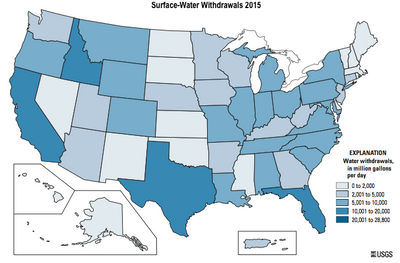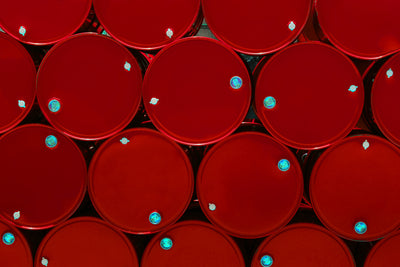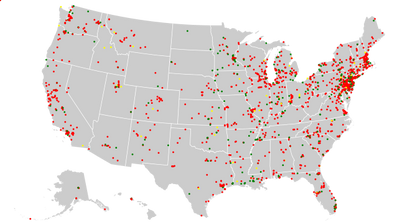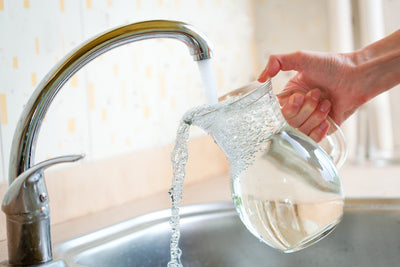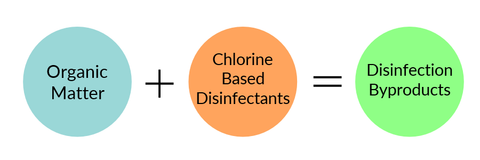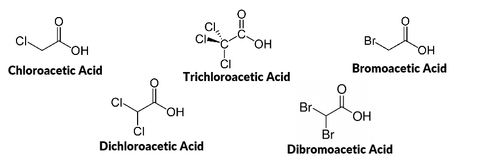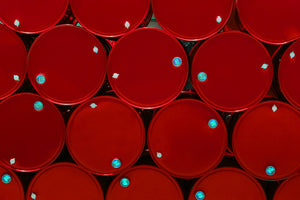Stephanie Angione, Ph.D. | Scientific Contributor
What Are Polychlorinated Biphenyls (PCBs)?
Polychlorinated Biphenyls (PCBs) are a class of industrial chemical that were widely manufactured in the US from the 1930s through the 1970s for use in electric equipment such as capacitors and transformers, and also as heat transfer fluids, plasticizers, adhesives, fire retardants, inks, lubricants, cutting oils, pesticide extenders, and in carbonless copy paper.
While PCB production slowed in the 1960s and was banned completely in the US in 1979, they are still found in industrial applications due to their chemical longevity. The US congressional ban was enacted due to the fact that PCBs are persistent organic pollutants, which create long lasting environmental toxicity and cause harmful health effects.
Products that contain PCBs include old fluorescent lighting fixtures, PCB capacitors in old electrical appliances (pre-1978) and certain hydraulic fluids.
Nearly
2 million tons of PCBs have been produced since 1929, 10% of which persists in the environment today. Generally, environmental concentrations of PCBs are low, but due to their chemical inertness they are largely resistant to chemical breakdown or thermal destruction, and thus accumulate in the environment. Additionally, PCBs are highly fat soluble, resulting in the build up of PCBs in animal fat, resulting in higher concentrations of PCBs in top food chain consumers (e.g. predatory fish, large mammals, humans).
Where Are PCBs Found In The Environment?
Polychlorinated Biphenyls accumulate primarily in water sources, organic portions of surface soil, and in living organisms.
Water
Surface water that is contaminated with PCB waste generally has high levels of PCBs in sediment, as the PCBs attach to organic matter. PCBs can be slowly released from the sediment into the water and evaporate into the air, especially at higher temperatures.
Air
PCBs have been detected throughout the atmosphere, and can be transported globally through air. Concentrations of PCBs in the air are generally the lowest in rural areas and highest in large cites. Areas that are close to bodies of water that were
highly contaminated with PCBs from industrial waste (e.g. Lake Michigan, Hudson River) can have higher air concentrations, due to evaporation of PCBs into the air over time.
Living Organisms
PCBs accumulate in living organisms via bioaccumulation, or uptake from the environment, as well as biomagnification, from consumption along the food chain. Bioaccumulation is typically highest in aquatic species, with bottom feeding species having the highest levels of PCBs due to accumulation in sediment. PCBs biomagnify up the food chain, as bottom feeders like shellfish are eaten by other species, and thus the greatest levels are found in large predatory fish. This process can also occur on land, as PCB contamination in soil is transferred up the food chain to insects, birds and mammals. Thus, one of the largest sources of PCB exposure and accumulation in humans is from food, specifically meat and fish.
How Do PCBs Impact Humans?
While PCBs have been classified as probable human carcinogens, there is no evidence that the low levels of PCBs in the environment cause cancer. Exposure to high levels of PCBs have primarily occurred through workplace exposure in people who work in plants that manufacture the chemicals. Studies of workers exposed to high PCB levels have shown association with certain types of cancer. These high levels of exposure have also been known to cause liver damage, skin lesions called chloracne, and respiratory problems.
Exposure to PCBs during pregnancy can result in developmental and behavioral deficits in newborns. Additionally, there is evidence that reproductive function can be disrupted due to PCB exposure. Women of childbearing age, or those who are pregnant or nursing should be aware of fish and shellfish advisories to limit consumption of PCB contaminated fish.
There are additional studies that suggest PCB exposure can cause health effects including thyroid dysfunction, liver dysfunction, as well as adverse cardiovascular, gastrointestinal, immune, musculoskeletal, and neurological effects.
How Are PCBs Regulated & Monitored In The US?
With so many sources of PCB exposure from food and water sources, the US government has guidelines on the amount of allowable environmental PCB contamination for each.
Food
The FDA enforces a tolerance level in fish of 2 ppm, and overall 0.2 -3.0 ppm for all foods. PCBs in paper food packaging are limited to 10 ppm.
If fishing recreationally and you plan to eat your catch, check if any local fish consumption guidelines exist for your area. The EPA maintains a national database of fish and shellfish advisories issued by each state. These consumption advisories may recommend limiting the amount of a certain fish consumed, or from specific waters or water sources. As of 2011, five areas have advisories for PCBs in freshwater sources (Missouri, Minnesota, Maryland, Indiana, and District of Columbia) and nine states (Connecticut, Delaware, Maine, Maryland, Massachusetts, New Hampshire, New Jersey, New York, and Rhode Island) have PCB advisories for coastal waters.
Drinking Water
Under the Clean Water Act, industrial discharge of Polychlorinated Biphenyls in water is prohibited. The goal is to reach zero contamination in drinking water, but the enforceable maximum level is 0.0005 part per million (ppm). Additionally, industries are required to report spills or accidental releases to the EPA.
Routine monitoring of PCB levels in drinking water require the water supplier to maintain the limit enforced by the EPA and must make the data regarding water quality and contaminants public. Every year, the EPA requires water suppliers nationwide to provide a Consumer Confidence Report (CCR), which will include information about water treatment and any known contaminants. These reports are available on the EPA website and should be available on your water company’s website. Additionally, the supplier is required to alert customers of increased levels of PCB contamination as soon as possible.
If you get water from a household well, the local health department should have information about ground water quality and contaminants of concern, but it is often a good idea to have your water tested by a certified laboratory if you are worried about PCB (or other) contaminants. The EPA’s Safe Drinking Water Hotline (800-426-4791) can provide additional resources in your local area.
How Can I Remove PCBs From My Water?
If your water has high levels of PCBs in it, the water should also not be used to drink, prepare or cook food, or given to pets for consumption without first treating it. Fortunately, PCBs are effectively removed from water by filters that use activated carbon as part of their active filtration media blend.
Hydroviv makes it our business to help you better understand your water. As always, feel free to take advantage of our “help no matter what” approach to technical support! Our water nerds will work to answer your questions, even if you have no intention of purchasing one of our water filters. Reach out by dropping us an email (hello@hydroviv.com) or through our live chat. You can also find us on Twitter or Facebook!
Other Articles We Think You'll Enjoy
What You Need To Know About Mercury Contamination In WaterWhat Are Volatile Organic Compounds? How Do They Contaminate Water?Why TDS Measurements Don't Tell You Anything About Water Quality


